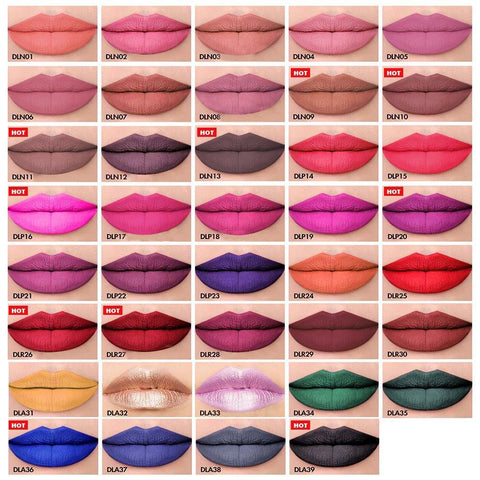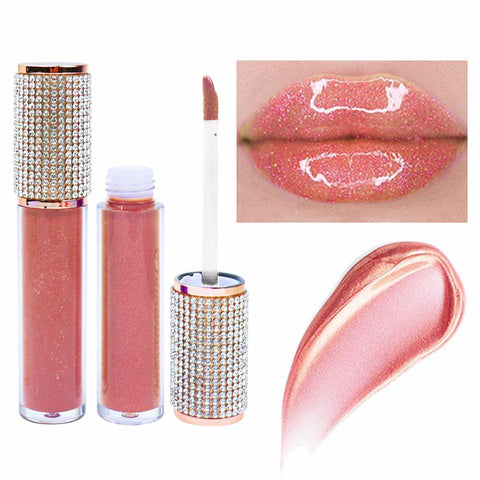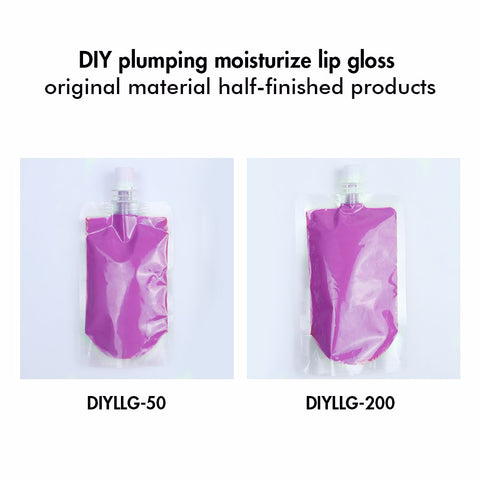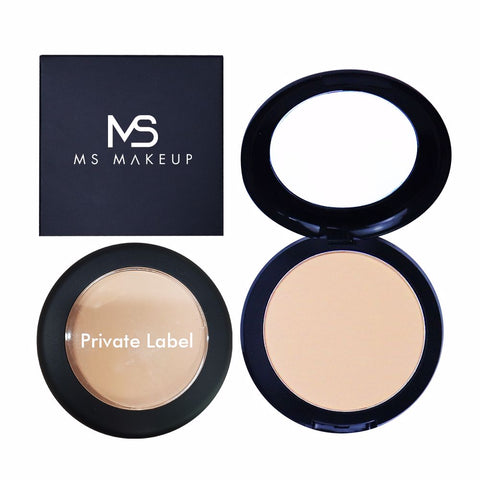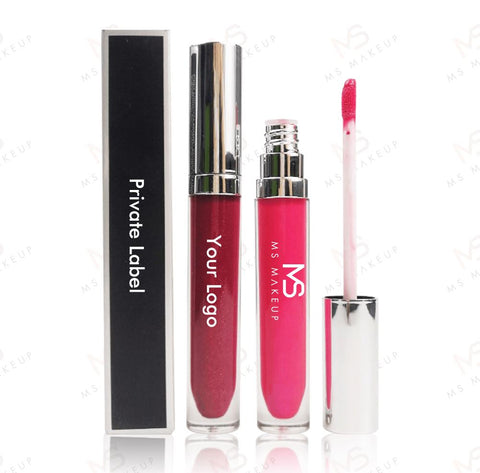The Business of DIY
Like bath bombs and soaps, lip balm is an easy thing to make with the tools you already have in your home. Simple formulations using beeswax and natural oils require little more than a heat source to assemble. You don’t need fancy equipment, but you should ensure that your setup still meets the standards of the industry and follows local regulations for home production. When you’re ready to scale, lip balms are a gateway to more complicated cosmetic formulations.
- Invest in ingredients—research suppliers and the source of your ingredients to be sure you’re using those that have been rated for cosmetic use.
- Understand the labelling laws of any country or region where you plan to sell your products. In some countries, the word “organic” is regulated, and you cannot use it unless you have acquired the proper certification.
Why homemade lip balm?

The natural lip care industry is growing as consumer preferences shift away from highly processed varieties. According to one industry outlook report, in 2015, close to 42% of the women aged 18 years and above said they preferred buying natural beauty products over synthetic beauty products. And the same report shows that the global lip care products market will grow at a steady rate of more than 4% between 2016 and 2020.
In addition to those statistics, if you peruse interest via Google Trends, you can see that the interest in search terms related to “natural lip balm” has steadily increased over the last two years:

Natural lip care is also a booming industry in terms of the money spent. According to Statista, various brands enjoyed sales well over $200 million in the U.S. alone. As you can see, the top natural lip balm brand, Burt’s Bees, sold $85.7 million in natural lip care products in 2015:

Based on this data, there’s definitely a demand for natural lip balm—which means there’s room in the market for aspiring entrepreneurs ready to get a piece of these kinds of revenue. So, let’s examine how to make lip balm, and the various types you can create as the foundation of a new business.
Start your free 14-day trial of Shopify—no credit card required!
Email addressStart free trial
Types of homemade lip balm
Now that we’ve established that natural lip balm offers enough demand and sales to potentially support a new homemade lip balm line, let’s examine the various types of lip balm you can try recreating.
While there are numerous types of natural lip balm, here are some of the most popular and pervasive types on shelves today.
Beeswax natural lip balm

When it comes to choosing natural ingredients for the base of your lip balm, one of the go-to substances to use is beeswax. After all, one of the most popular brands of natural lip balm—Burt’s Bees—is created from beeswax.
Beeswax is also easy to order, mixes well with other ingredients, and is relatively inexpensive (you can order 1 lb of beeswax pearls/pastilles for around $9).
Tinted lip balm
While natural lip balm is generally used to treat or prevent chapped lips, plenty of us also like to add a pop of color to our mouths while we’re at it.
As such, there are a variety of tinted lip balms in innumerable colors. From pinks, oranges, purples, reds, and everything in between, you can create plenty of custom shades using either a small amount of lipstick mixed in with your recipe or mica powder in your preferred pigment.
Medicated lip balm

To soothe chapped or dry lips, many natural lip balm varieties include ingredients to alleviate pain from cracked skin. The most common ingredients include menthol or camphor, which ease any pain from dry lips.
Homemade lip balm creators can also include a variety of essential oils in their recipe to add other healing qualities for customers—lavender for stress relief, for example.
How to make lip balm
While there are many varieties of homemade lip balm, we’re offering a basic recipe here for you to build upon. Change out the base beeswax base, use your preferred essential oils, and/or add color for a tint to personalize the following recipe for your own purposes.





Exemple de devis de bloc
Praesent vestibulum congue tellus à fringilla. Curabitur vitae semper sem, eu convallis est. Cras felis nunc commodo loremous convallis vitae interdum non nisl. Mécène ac est sit amet augue pharetra convallis nec danos.
Exemple de texte de paragraphe
Praesent vestibulum congue tellus à fringilla. Curabitur vitae semper sem, eu convallis est. Cras felis nunc commodo eu convallis vitae interdum non nisl. Mécène ac est sit amet augue pharetra convallis nec danos dui.
Cras suscipit quam et turpis eleifend vitae malesuada magna congue. Damus id ullamcorper neque. Sed vitae mi a mi pretium aliquet ac sed elitos. Pellentesque nulla eros accumsan quis justo et tincidunt lobortis denimes loremous. Suspendisse vestibulum lectus in lectus volutpat, ut dapibus purus pulvinar. Vestibule sit amet auctor ipsum.

